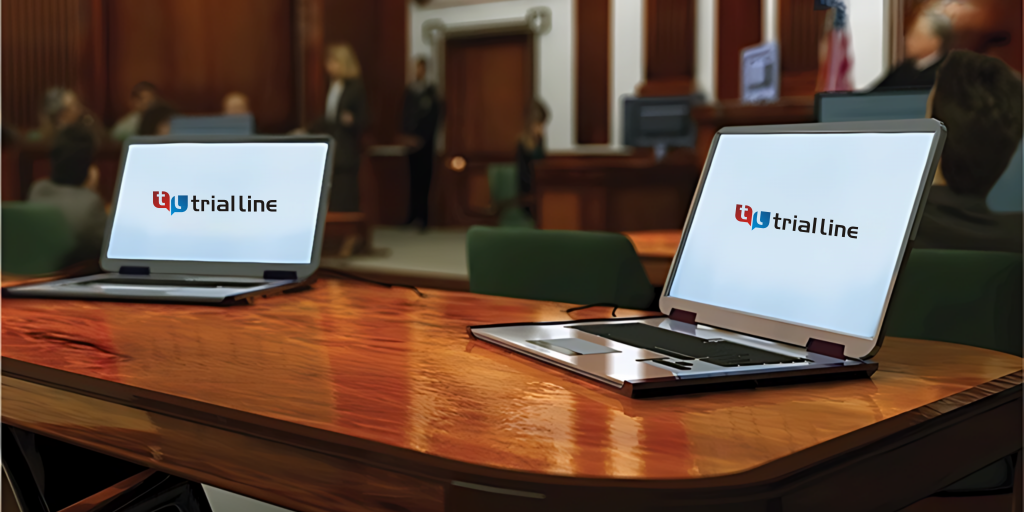How Trial Presentations Support Clear Communication of Complex Legal Issues
How Trial Presentations Support Clear Communication of Complex Legal Issues
Blog Article
The Power of Visuals in Trial Presentations for a Winning Disagreement
The combination of visuals in trial discussions has actually become a critical consider effectively communicating complex arguments to jurors. By using various forms of visual help-- be it diagrams, pictures, or computer animations-- attorneys can enhance understanding and retention, ultimately forming the court's assumption of the case. This technique not only makes clear complex stories but likewise develops an emotional resonance that can influence decision-making. As we discover the subtleties of this strategy, it ends up being necessary to consider exactly how certain kinds of visuals can make a significant difference in trial results. What sensible strategies might attorneys employ to optimize this possibility?
Relevance of Visuals in Tests
In several lawful settings, visuals play a critical duty in boosting the efficiency of trial presentations. The assimilation of aesthetic aspects can considerably impact jurors' understanding and retention of complex details, consequently shaping their perceptions and choices. Visuals, such as graphes, diagrams, and pictures, can streamline complex narratives, making them more accessible and engaging.
Additionally, the human brain processes visual information more efficiently than text, which emphasizes the relevance of including visuals into legal debates. By translating thick lawful ideas into visual formats, lawyers can facilitate more clear interaction, making certain that bottom lines are not ignored during tests.
In addition, visuals serve to involve jurors on a psychological degree, promoting a connection to the instance that words alone may fail to attain. The calculated use of visuals can evoke empathy, prompting jurors to take into consideration the human facets of the situation.
Eventually, the significance of visuals in trials depends on their capacity to improve clarity, enhance juror engagement, and enhance the narrative existing. This potent mix is necessary for crafting persuasive disagreements that reverberate with jurors and influence the result of lawful proceedings.
Kinds Of Visuals to Use
Reliable trial presentations can considerably gain from a range of aesthetic tools that satisfy various aspects of the situation. trial presentations. Using layouts and graphes can efficiently damage down intricate information, making it much more digestible for jurors. As an example, flowcharts can illustrate the sequence of occasions, while bar chart might succinctly compare appropriate information factors.

Animations and simulations can additionally play a vital duty, especially in situations entailing technical data or complex circumstances. These visuals can dynamically represent processes or activities, providing clarity and interaction that fixed images may not attain.
Additionally, infographics integrate message and visuals to sum up crucial information efficiently. They can provide timelines, data, and substantial instance factors in a visually appealing manner, making it simpler for jurors to comply with article source the disagreement.
Enhancing Understanding and Retention

Enhancing understanding and retention during test discussions is crucial for making certain that jurors grasp the necessary components of an instance. Visual aids offer as powerful tools in this respect, equating complex details right into easily absorbable styles. By utilizing graphes, representations, and infographics, attorneys can simplify detailed data and highlight bottom lines that might otherwise be overlooked.
Researches have revealed that individuals retain details substantially better when it exists visually. This is specifically important in a trial setup, where jurors may be bewildered by the volume of proof and testimony. By purposefully incorporating visuals, lawyers can guide jurors' focus to the most critical facets of the situation, reinforcing their understanding and memory of the material presented.

Developing Involving Presentations
Exciting jurors' interest throughout trial discussions is crucial for sharing an engaging narrative. Involving discussions take advantage of visual components to produce a memorable experience that reverberates with jurors. The calculated use graphics, animations, and videos can clarify complicated information, making it a lot more easily accessible and relatable.

Furthermore, incorporating narration strategies can improve interaction. Providing proof in a rational series that develops emotional allure allows jurors to get in touch with the product on a personal degree. Varying presentation formats, such as including brief video clips or interactive components, can also endure rate of interest and focus throughout the trial.
Inevitably, an appealing discussion cultivates a more profound understanding of the situation, allowing jurors to better appreciate the debates existing and bring about a more positive end result.
Case Research Studies and Success Stories
Countless go to website study highlight the significant effect of visuals in test discussions, demonstrating their ability to influence juror assumptions and inevitably the outcomes of situations. A remarkable case including an individual injury case highlighted just how the usage of a 3D computer animation of the crash scene clarified complex details. Jurors reported feeling more educated and compassionate, dramatically guiding their choice in favor of the plaintiff.
In one more instance, a business litigation instance used infographics to existing financial information and timelines, making detailed details accessible. The graph enabled jurors to grasp the nuances of the instance extra properly than spoken explanations alone. trial click this site presentations. Therefore, the court returned a judgment that surpassed the client's assumptions
The compelling visuals not just helped in creating question however additionally resonated emotionally with jurors, leading to a pardon. These success stories highlight the necessity of incorporating visuals right into trial discussions, as they improve understanding, retention, and ultimately, the convincing power of legal disagreements.
Conclusion
Finally, the tactical incorporation of visuals in test discussions substantially improves jurors' understanding and retention of complex info. By making use of different kinds of visuals, attorneys can successfully make clear bottom lines and foster emotional links with the audience. Involving presentations, supported by engaging case researches, show the profound influence that visuals can have on convincing interaction. Inevitably, the power of visuals works as a critical aspect in attaining favorable trial results.
Report this page